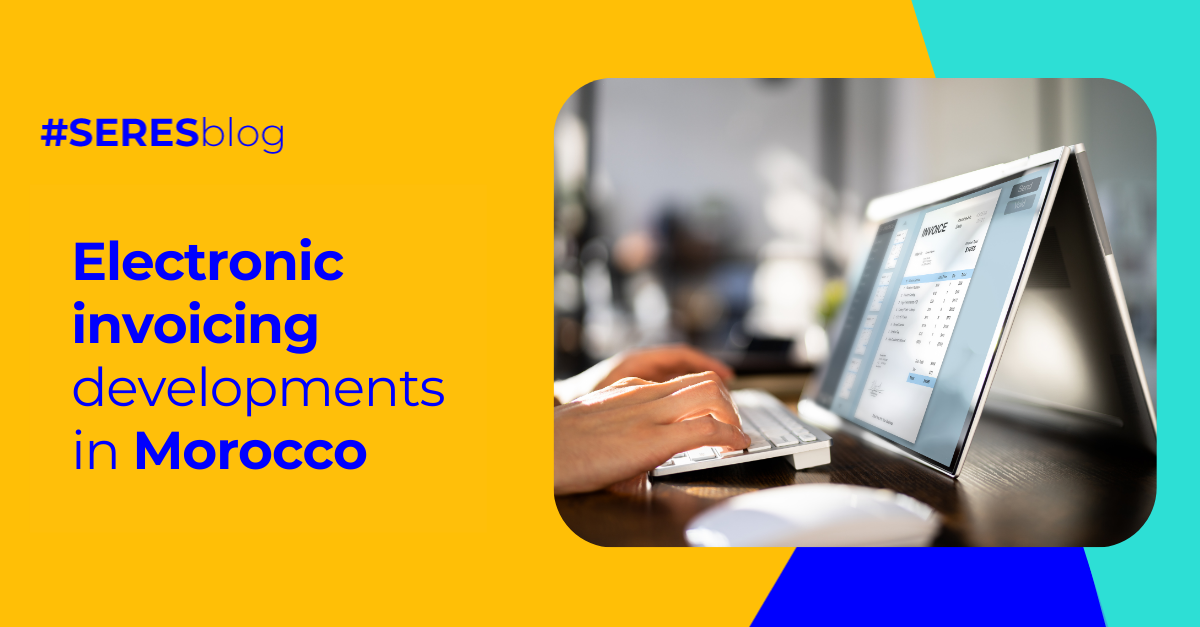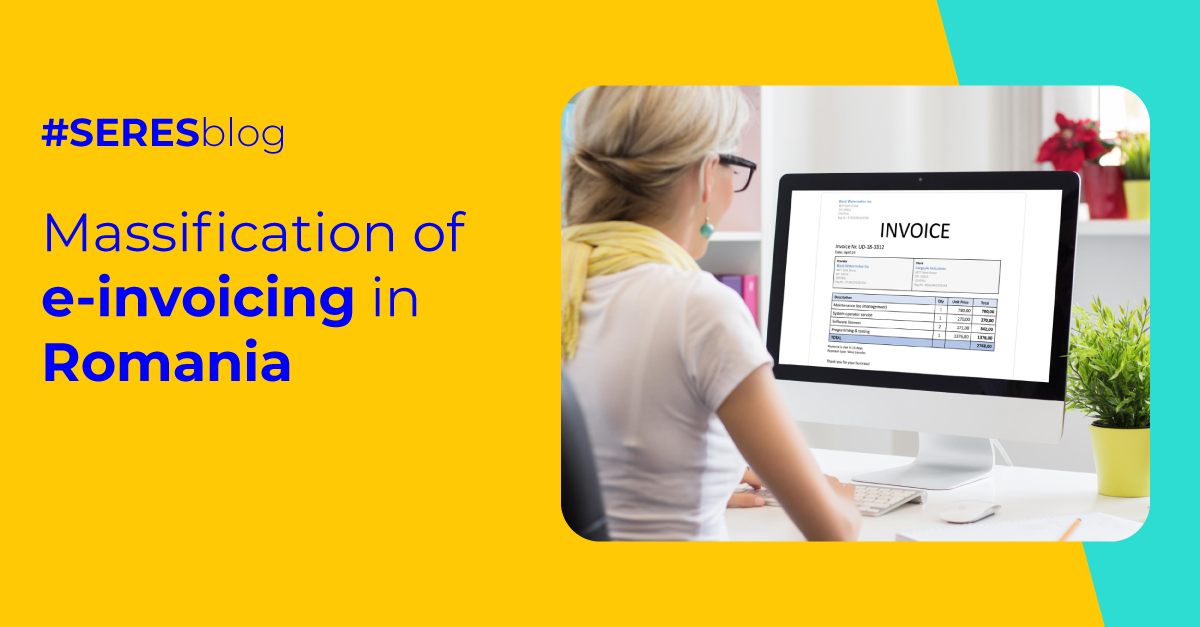All taxpayers will be able to issue e-fapiao in China
Following the launch of the e-fapiao pilot programme, which was gradually extended to the whole country as of 1 December 2021, the State Tax Administration (STA) has announced its intention to officially promote e-fapiao documents nationwide for all taxpayers as of 1 December 2024.
Furthermore, the issuance of e-fapiao will commence on 1 December 2024 for civil aviation passenger transport services. Companies operating within the air transport sector will be permitted to issue e-fapiao for passengers utilising domestic transport services.
Furthermore, in order to facilitate the issuance and management of e-fapiao by taxpayers, the STA is currently implementing an e-invoice platform for the issuance and management of e-fapiao.
Types of e-invoice in China: Fapiao and e-fapiao
A fapiao is defined as a paper invoice distributed and administered by the STA, which serves as proof of purchase of goods and services in China. It is noteworthy that businesses are required to pay taxes prior to making sales transactions. The type of fapiao purchased by a company depends on the sector in which it operates and its turnover. There are two main categories of fapiao: general and special.
The e-fapiao is the digital representation of the fapiao, which exists in two forms: general and special. In a manner analogous to the paper invoice, the general e-fapiao is an instrument issued for the commercial transaction of a product or service. It is not possible to deduct the value-added tax (VAT) element of a transaction using this type of e-fapiao. In contrast, the special e-fapiao is an instrument that credits the VAT element of a transaction and provides evidence of the deductibility of VAT.
Only companies with a turnover exceeding RMB 5 million annually are authorised to issue special e-fapiao. This is also the type of e-fapiao under consideration for the pilot programme, which is related to the B2B field.
Background on e-invoicing in China
E-fapiao were first introduced in China in 2015; however, they were not capable of deducting value-added tax (VAT).
The special e-fapiao was initially launched in 2017 for use in the e-commerce, telecommunications, finance and other sectors with a high transaction volume.
Consequently, numerous regions in China were included in a pilot programme that permits taxpayers to voluntarily issue distinctive e-invoices for the purpose of reclaiming input VAT (for B2B transactions).
The new e-invoice is a simplified version of the previous format, with additional features and a wholly distinct issuance process.
In order to phase out the use of paper invoices, China initiated the 'e-Fapiao' pilot programme in December 2021. In a further extension of the special e-invoicing system, China's State Administration of Taxation (STA) has announced the following:
- December 2021: Shanghai, Guangdong, Inner Mongolia.
- October 2022: Sichuan.
- January 2023: Xiamen, Tianjin, Qingdao, Dalian, Chongqing, ShaanXi .
- March 2023: Jilin, Henan, Fujian, Shenzhen, Ningbo, Yunan.
- April 2023: Shanxi, Liaoning, Jiangsu, Zhejiang, Jiangxi, Guangxi, Hainan, Gansu.
- September 2023: Hebei, Hubei, Heilongjiang, Xinjiang.
- November 2023: Beijing, Anhui, Guizhou, Shandong, Hunan, Ningxia, Qinghai.
- December 2023: Tibet.
The addition of the Tibet region to the e-invoice pilot programme resulted in its extension to all provinces in mainland China.
In this pilot scheme, taxpayers were permitted to issue e-invoices to businesses and individuals via the tax authority's e-tax bureau website. Conversely, they were also able to process tax e-invoices through the tax authority's own digital platform.
For those taxpayers with a considerable volume of invoices to process, the STA has additionally established a direct interface between taxpayers and the tax authorities.
The introduction of the new e-invoicing system and the phasing out of paper invoices may present a challenge for Chinese taxpayers with high invoice volumes, as the previous paper invoicing process, internal control procedures and/or existing automation systems may require revision, adaptation or upgrading.
Electronic tax reporting project in China
It is a requirement that all output VAT invoices, whether in paper or electronic format, be issued through the Golden Tax system (GTS). In the case of electronic invoices, the data is transmitted to the GTS in real time. In the case of paper invoices, the transmission of data typically occurs within a timeframe of 48 to 72 hours.
Furthermore, the certification of input VAT invoices is conducted via the GTS system. The data pertaining to the invoice will be automatically reflected in the company's submission register. Upon submission of the monthly return, the system will automatically verify the consistency between the invoice data and the corresponding system record.



